Just like school districts everywhere, Omaha Public Schools has had a challenge serving disengaged students ever since students were mandated to go to school by compulsory school law. In Nebraska, that year was 1887. After a few decades, they had an answer to the challenge these students posed. This is a history of the Fort Street Special School for Incorrigible Boys.
Different Types of Students

Instead of being able to self-select not to attend school, students were now forced to sit through classes whether or not they wanted to be there. In order to enforce behavior that was favorable for how teachers wanted to instruct students, teachers and principals often used corporal punishment to ensure student compliance.
But teachers weren’t intentionally cruel then, as they aren’t now, either. They wanted to teach every student, and they wrestled with those they couldn’t reach. Of course, students who couldn’t be taught the ways teachers were teaching them were called “backwards”, so maybe there was a little cruelty then.

There were students then who teachers weren’t capable of teaching, and students who couldn’t learn from those teachers. Coupled with the newly opened Commercial High School, the Omaha School Board believed that two schools could meet the needs of commerce and industry. The Fort Street Special School for Incorrigible Boys was open from 1913 to 1917.
A New School

In 1913, OPS began planning for a school for boys who “had no interest in school at all” and were considered “mischief makers”. Referred to as a “parental school,” The buildings at the new school were the original wooden buildings of Miller Park School. Superintendent E. U. Graff of the Omaha school district was adamant, “The new school is not a reformatory, a penitentiary, an asylum or a jail, as some seem to image. It is an attempt to fit the public school system to the needs of individuals. The big system deals principally with ‘the average child,” and not all children are of that sort.”
Alternatively called “a school for tinkerers,” the Fort Street School Special School for Boys had 20 students enrolled in the beginning, and by August of 1913 there were 50. By December, there was a waiting list of 17. Another room was added to the school the following year.
A former school truancy officer named E. D. Gepson was the first principal, and a year later, Frederick Wilson Bason became his assistant principal.
Hands-On Learning

“I expect to arrange for instruction in painting, woodworking and drawing especially. Through hand work we will teach the boy who no longer cares for direct instruction from the books.”
E. U. Graff, superintendent, Omaha School District (1913)
The school was opened to provide manual training in printing, agriculture metal, and drafting. There were metal and wood working shops, as well as a repair shop so students could learn to fix small items.
The boys used their creativity to learn. A buzzer and gong system throughout the school signaled class periods from an old clock mechanism that was wired to electricity, and it was built by a student. Their were constantly in project-based learning activities. In 1916, schools around the city were asked to submit birdhouses to a conservation project at Forest Lawn Cemetery. Most schools sent 20; the Fort Street School sent 40.
The school also emphasized using athletics to connect its students with learning and with students in buildings around the city. Starting in 1913, they used golf at Miller Park to do this. Later, baseball, basketball and football were seen as tools.
Growing Large

The Fort Street School began as a place where bad kids were sent. However, in time it became a place that students wanted to go. It earned a reputation as a place that was actually fun to learn at, and that drew interested students out of the woodwork. However, its success became its downfall.
In 1918, Assistant Principal Bason was reassigned to South High School, where he stayed for a few years before moving back to Chicago, where he worked as an engineer with railroads.
Established earlier than the Fort Street School, Omaha’s Commercial High School was originally located on Leavenworth Street. A success of its own, in 1920 the school board moved forward with building a grand new facility nearer to Omaha’s central area.

In 1923, a massive new school was opened at the corner of North 30th and Cuming. Planned as the replacement of Commercial High School, the new building was called Technical High School. Since the Fort Street School was becoming too full and offered some similar courses as Tech, it was soon after closed and its students sent to attend the new school.
Closed, Merged and Moved

Made of two buildings, the Fort School was moved to become the Minne Lusa School in 1917 and 1919. The operations of the school were merged into Tech High, and eventually, the memory of the Fort Street Special School for Boys disappeared from the memory of the neighborhood, the city and its students. With the expansion of Metro Community College right across the street from the old school site though, maybe the idea of practical, hands on learning is being reclaimed.
Only time will tell!
You Might Like…
MY ARTICLES ABOUT THE MILLER PARK NEIGHBORHOOD: Miller Park | Miller Park Duplexes | 30th and Fort | 24th and Fort | Fort Street Grocery Store | 5901 North 30th Street | Pearl Memorial United Methodist Church | Mr. C’s | Fort Street Special School for Incorrigible Boys | Fort Omaha School | Fort Omaha | Fort Omaha Balloon School |
Related: 24th Street | Florence Boulevard
MY ARTICLES ABOUT THE HISTORY OF SCHOOLS IN NORTH OMAHA
GENERAL: Segregated Schools | Higher Education
PUBLIC GRADE SCHOOLS: Beechwood | Belvedere | Cass | Central Park | Dodge Street | Druid Hill | Florence | Fort Omaha School | Howard Kennedy | Kellom | Lake | Long | Miller Park | Minne Lusa | Monmouth Park | North Omaha (Izard) | Omaha View | Pershing | Ponca | Saratoga | Sherman | Walnut Hill | Webster
PUBLIC MIDDLE SCHOOLS: McMillan | Technical
PUBLIC HIGH SCHOOLS: North | Technical | Florence
CATHOLIC SCHOOLS: Creighton | Dominican | Holy Angels | Holy Family | Sacred Heart | St. Benedict | St. John | St. Therese
LUTHERAN SCHOOLS: Hope | St. Paul
HIGHER EDUCATION: Omaha University | Creighton University | Presbyterian Theological Seminary | Joslyn Hall | Jacobs Hall | Fort Omaha
MORE: Fort Street Special School for Incorrigible Boys | Nebraska School for the Deaf and Dumb
Listen to the North Omaha History Podcast on “The History of Schools in North Omaha” »
BONUS PICS!




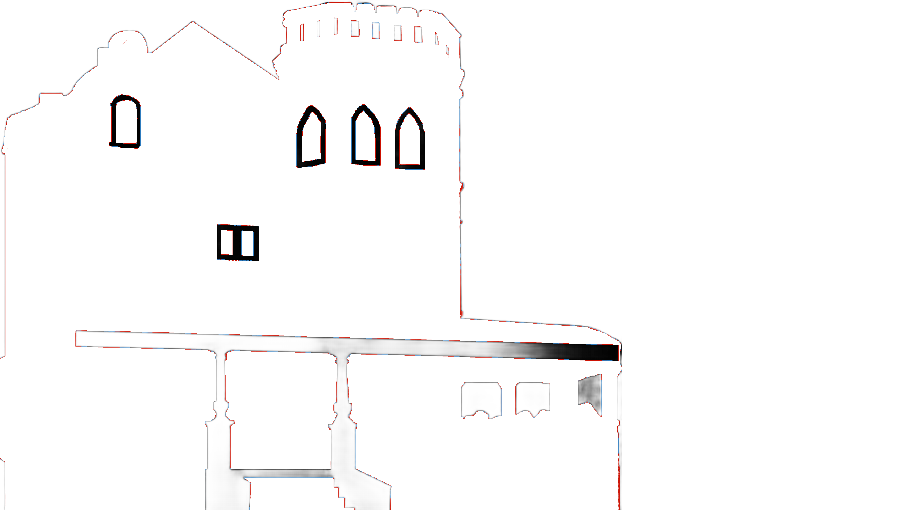

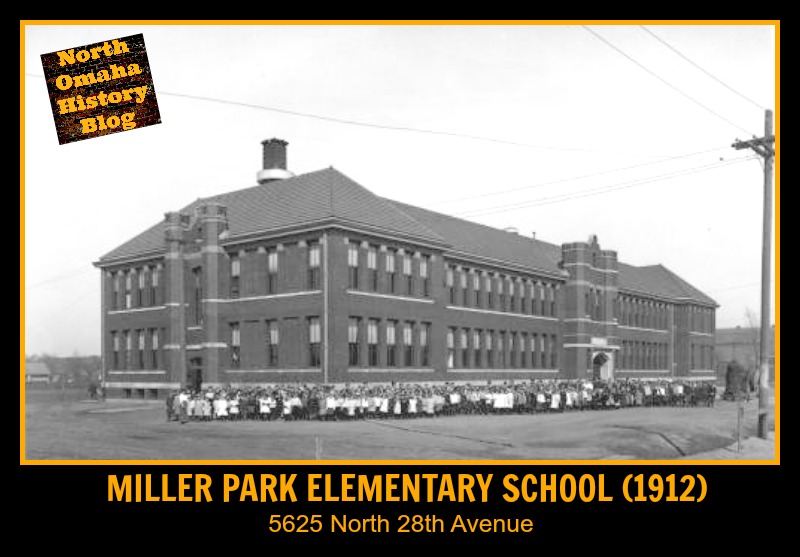
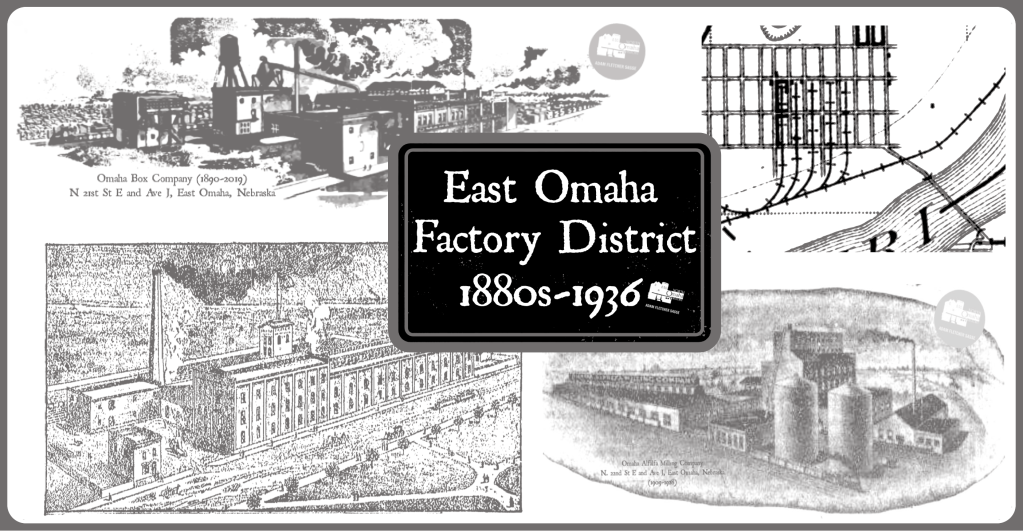
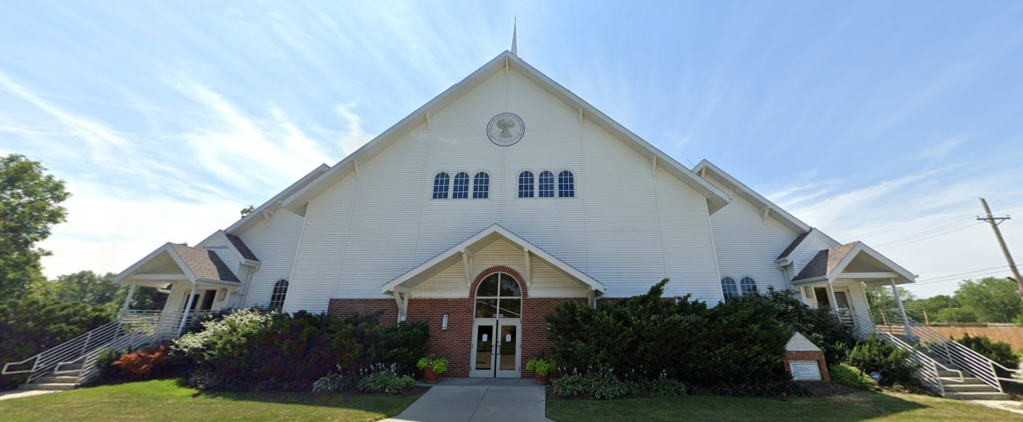
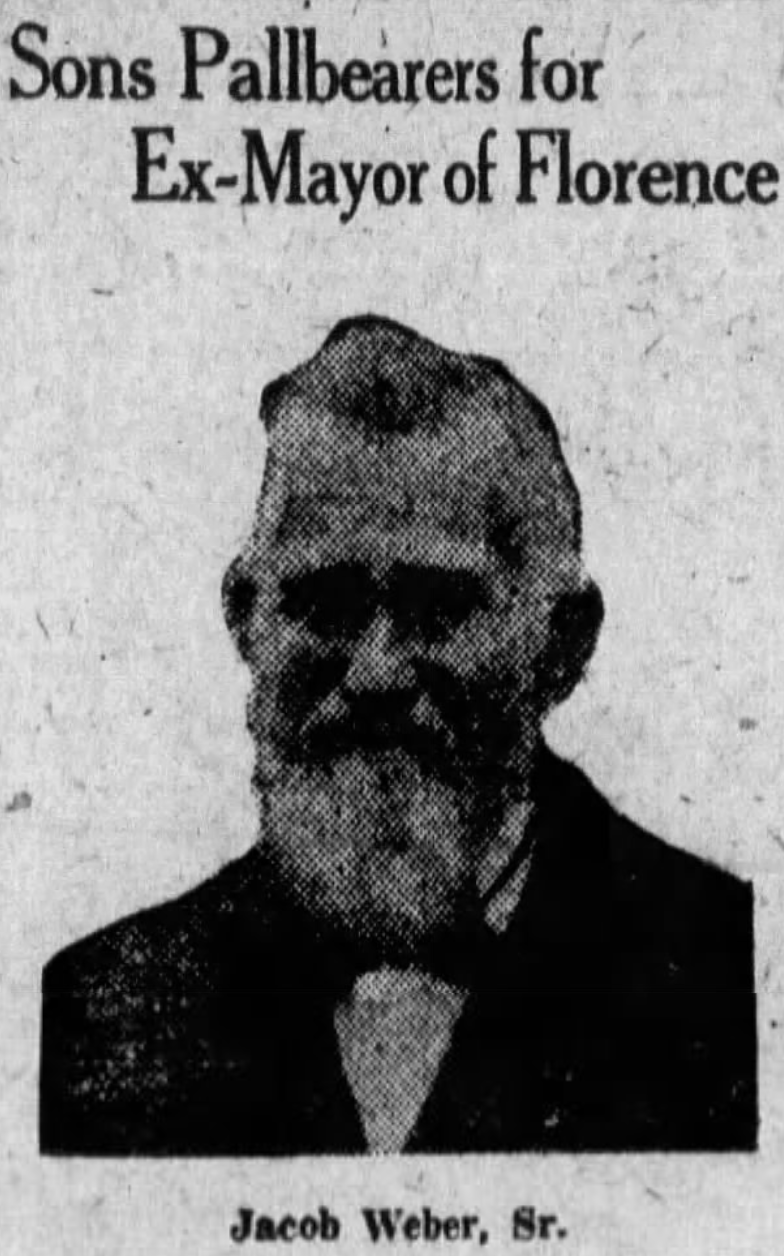
Leave a comment